It will not be long before the average Tibetan family from the Tibet Autonomous Region (TAR) of China will be forced to communicate in a language that is culturally not their own.
They will also have stopped observing centuries-old Tibetan Buddhist customs for fear of being marched to a concentration camp by Chinese overlords.
This is the reality Chinese Tibetans dread as President Xi Jinping aggressively implements his pet project – The Sinicisation of Tibet – intent on completing it by 2021 if possible.
President Xi is of the view that erasing the history, language and customs of the Tibetans is the surest way of integrating them with mainstream China and demanding loyalty from them for the Chinese Communist Party (CCP).
The Chinese president has no problem with the religion of the Tibetans – Buddhism – unlike Islam as practiced by the Uyghurs of Xinjiang province.
He does have a problem with the Tibetan Buddhist theocratic head, the Dalai Lama, however, a leader who lives in exile in India who continues to insist that Tibet is an independent land forcibly annexed by China.
Whether President Xi is interested in integrating the “rogue” territory with mainland China is unclear at this moment.
For now, he simply wants to crush Tibetan Buddhism out of existence; that’s how much he dislikes the Dalai Lama’s stance on independence, and that may be why he appears so desperate to annex Tibet one way or another before the first centenary of the formation of the CCP in 2021.
The annexation of Tibet will give him, President Xi perhaps thinks, a greater opportunity to dictate terms in the upper Himalayas where he is bullying India in a brazen, outlandish attempt to carve a road route from China to Europe through territory illegally occupied by both China and Pakistan.
To achieve this larger goal, President Xi has to first domesticate Tibet.
Tactically, it makes sense for him because he can have military bases on his territory but much closer to the contested territory than at present.
Of course, he does not use military language.
He makes do with phrases like “ideological education”.
Something he said recently that raised alarm bells among Tibetans living in exile all over the world: “It is necessary to actively guide Tibetan Buddhism to adapt to the socialist society and promote the Sinicisation of Tibetan Buddhism.”
Remember, President Xi is referring to Tibetan Buddhism, not Tibet per se, for the reasons mentioned above.
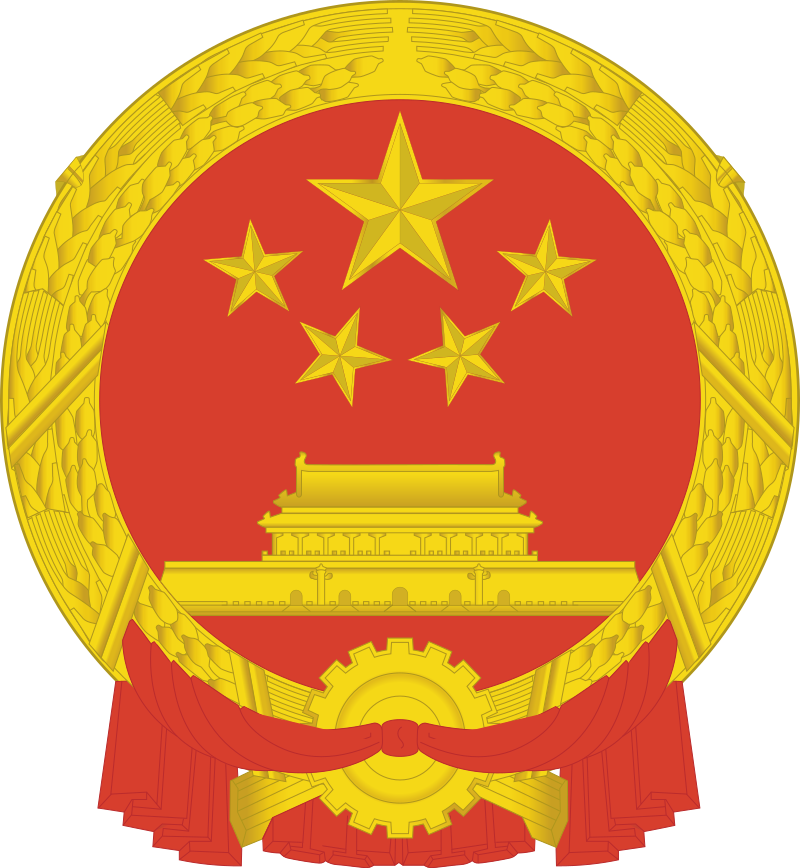
The international media has in the last couple of years come up with a reasonable definition of “Sinicisation” in the context of China:
“…(Sinicisation) of religion could be broadly defined as an effort to mould religious beliefs and doctrine to bring them in line with the Communist Party of China’s principles and objectives, and with the culture of the majority Han community. Xi in 2015 spoke about sinicising the five major religions practised in China: Catholicism, Protestantism, Islam, Buddhism and Daoism.”
The Sinicisation of Islam in Xinjiang province is past the two-thirds mark. The president expects Islam to disappear by 2022, his regime currently brainwashing Uyghur Muslims to become loyal Chinese by choice or compulsion by then.
The sinicisation of Tibet is thus now underway.
How far has it actually progressed?
Unlike the Uyghurs, Tibetans in exile are better organised in getting out crucial information and data from inside Tibet.
Take the issue of the rural labourers of Tibet.
The government wants to relieve them of any land they own, shift the most able of them minus their families to labour camps where they will be turned into factory workers and their services transferred to the highest bidding manufacturing companies.
Reports claim that “over 500,000 rural labourers (roughly 15% of the region’s population) were trained in the first seven months of 2020….Most of these 500,000 labourers were herders and farmers…..each county in the region has quotas to meet in terms of providing labourers”.
Labourers who cannot be converted into workers are sent to far off places, never to return.
Chinese officials who fail to fulfil their monthly labourer quota meet the same fate.
A policy note of the Chinese government says this process of conversion will “effectively eliminate ‘lazy people’”, and that this is a strategy to “tackle the ‘mental poverty’ of rural labourers”.
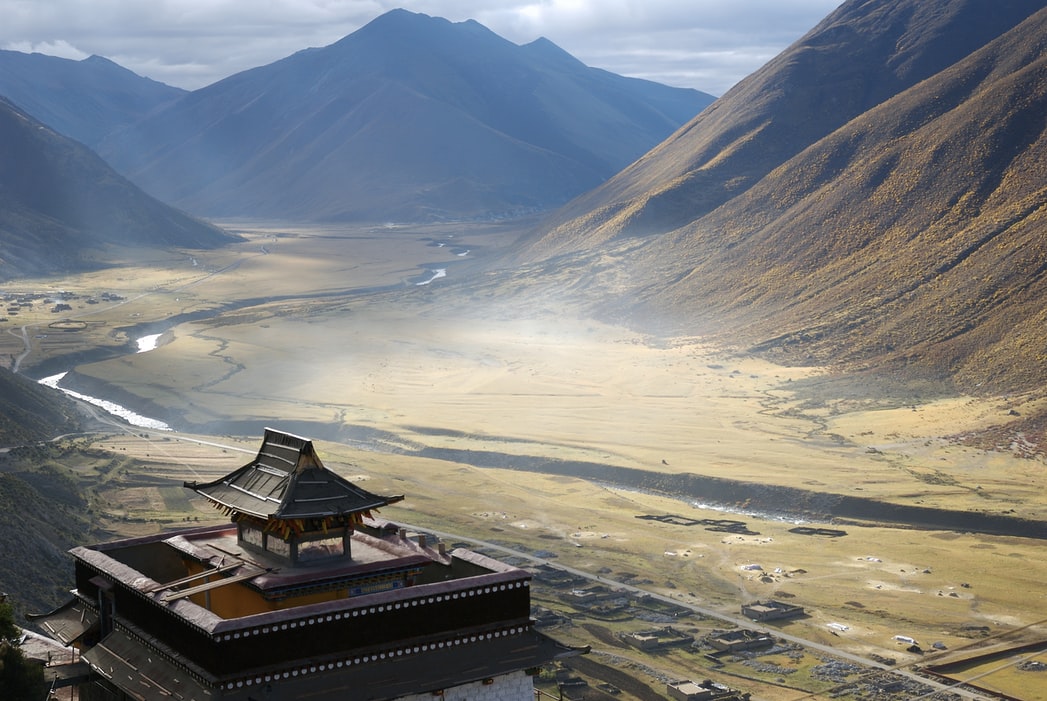
All of TAR has been divided into small grids to make it easier for Chinese officials to monitor the movements of the Tibetans.
Every village is divided into smaller units, making it easier to listen in on neighbours, and locals are often lured with goodies to turn into snitches.
This is called the grid management system.
Then there is the double-linked household system in which a grid consists of double households, with each forced to report on the other.
Anywhere between three and four million Tibetans are covered and monitored in this way.
The government has a plan for those who are not settled in villages such as nomads or itinerant farmers.
An official order has asked them to hand over their lands and animal herds to large-scale, state-run cooperatives.
In return, they get shares of the cooperatives. Those who ask if their shares are worth anything never receive an answer.
Students in schools and colleges are theoretically allowed to learn both the Tibetan and Chinese languages. Officially.
But in practice, Chinese teachers teach them Tibetan using non-Tibetan texts.
Over a period of time, the students lose interest.
More importantly for Xi, they lose their grasp of the Tibetan language.
An official decree orders all Tibetans to surrender their passports.
They are not issued fresh, digitised ones. So, they cannot leave Tibet, and are forced to do what the Chinese tell them.
When it is time to get jobs, they are given jobs that take them away from Tibet with a skill set that distances them from their customs and culture.
Tibetan monks have it the worst.
Throughout Tibetan history, it has been the monks who have led the anti-China protests; who took the initiative to teach their “country’s” culture, heritage and language as well as religion to Tibetans.
The Chinese government issued decrees to achieve one goal: to keep the monks apart from normal Tibetans.
They are under constant surveillance.
Anything they teach is considered anti-Chinese and anti-CCP.
Any mention of the Dalai Lama can invite instant punishment. Thousands of monasteries have been destroyed.
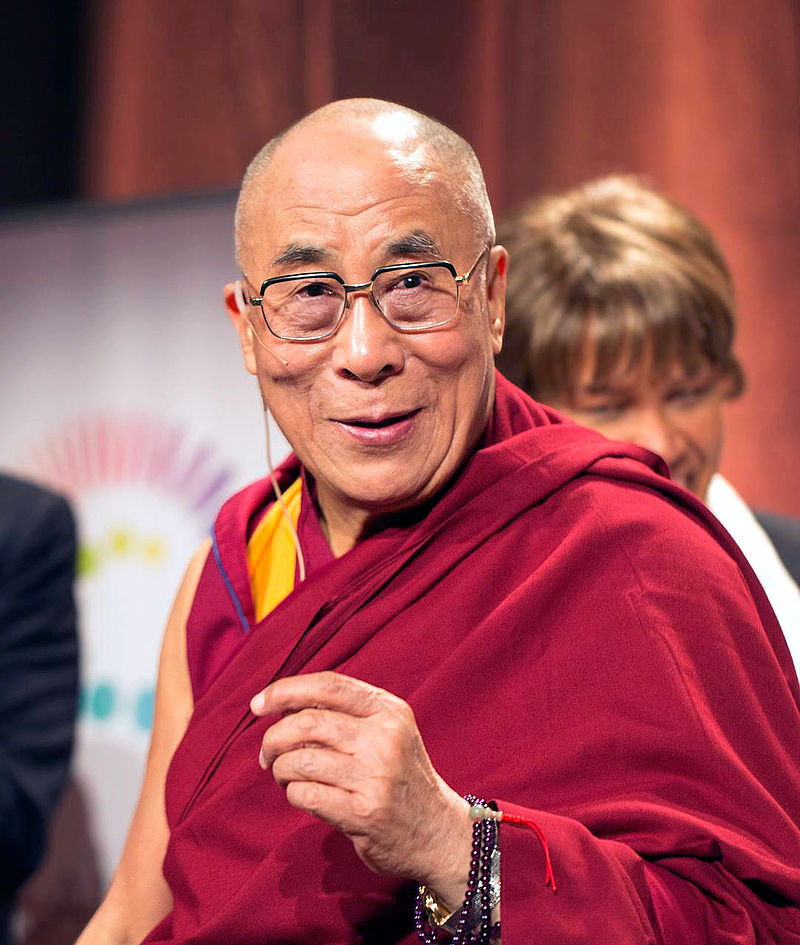
One the world’s most famous centres of Tibetan Buddhism, the Larung Gar in Sichuan province in eastern Tibet, and its sibling Yarchen Gar, has been all but destroyed, priceless manuscripts and ancient scripts burnt.
Most monks and nuns are being forced to attend “re-education” camps.
Any Tibetan found possessing an image, even a photo, of the Dalai Lama can be sent to jail.
Furthermore, any talk of Tibetan independence is considered, according to the latest security law specially tailored for Tibet, a “gang crime”.
Hundreds remain behind bars on this count alone.
There is global criticism of Tibet’s Sinicisation, but no action aimed at cautioning China.
This made China brazen enough to issue a statement, some time ago, to explain why it is going ahead with Sinicisation: “Tibetan Buddhism, born in our ancient China, is a religion with Chinese characteristics. It is true that Tibetan Buddhism in formation received influence from other neighboring Buddhist countries, but it adapted to the local reality and formed its own unique doctrine and rituals, which is a model of Sinicization itself… That we are actively guiding Tibetan Buddhism in the direction of Sinicization is in the hope that Tibetan Buddhism will further absorb the nutrition of Chinese culture.”
About the author: Nadir Ali Wani is a resident of Hawal in Srinagar, the capital of Jammu and Kashmir.
He holds a Masters’s degree in Conflict Studies and International Relations from Jawahar Lal Nehru University, New Delhi.
Mr. Ali has an abiding interest in the study of conflicts in South Asia with a particular interest in international politics to do with China, Islam, and Kashmir.
He worked as a Research Assistant to Professor Amitabh Mattoo at JNU, New Delhi while conducting dialogue with various members of society, and with the Kashmiri leadership.
He is a prolific writer to date published across Europe, the USA, Indonesia, Taiwan and elsewhere. Mr. Ali is currently Director of the Center for Peace and Justice, a research-based group in Srinagar, which is a non-profit organization known for its efforts in youth development in Kashmir.
He has no political affiliation.
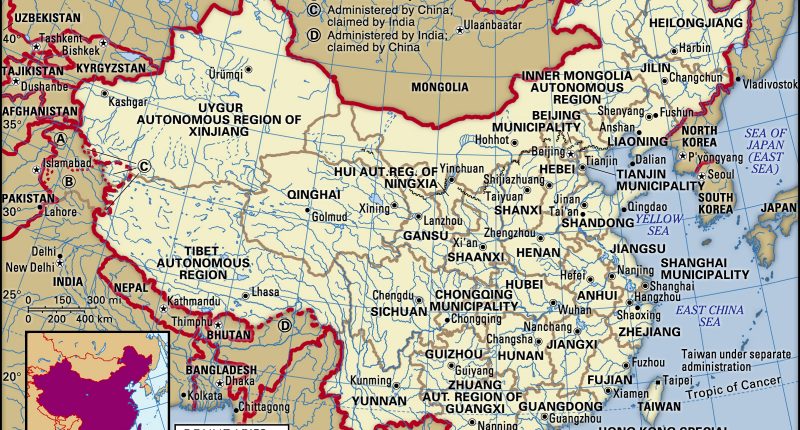

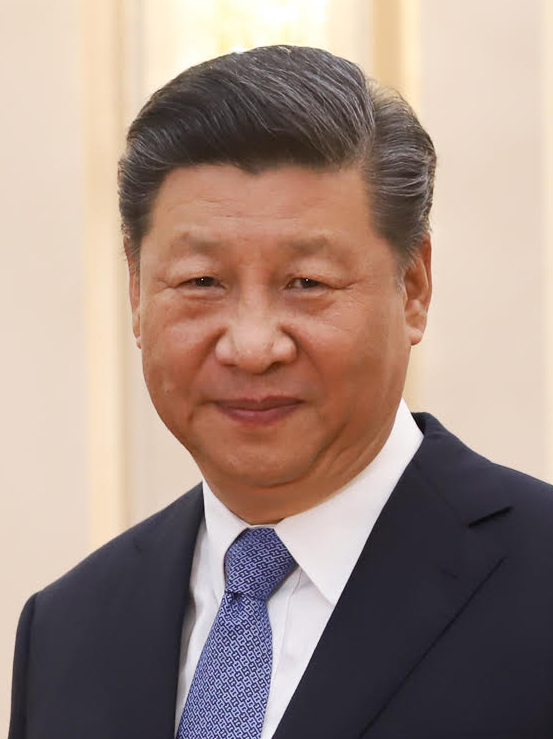
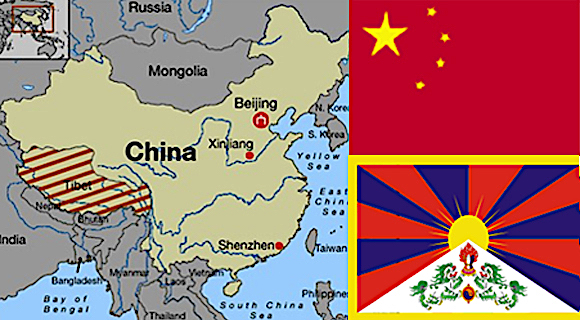



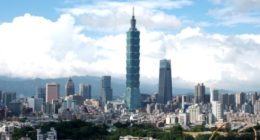





Comments are closed.